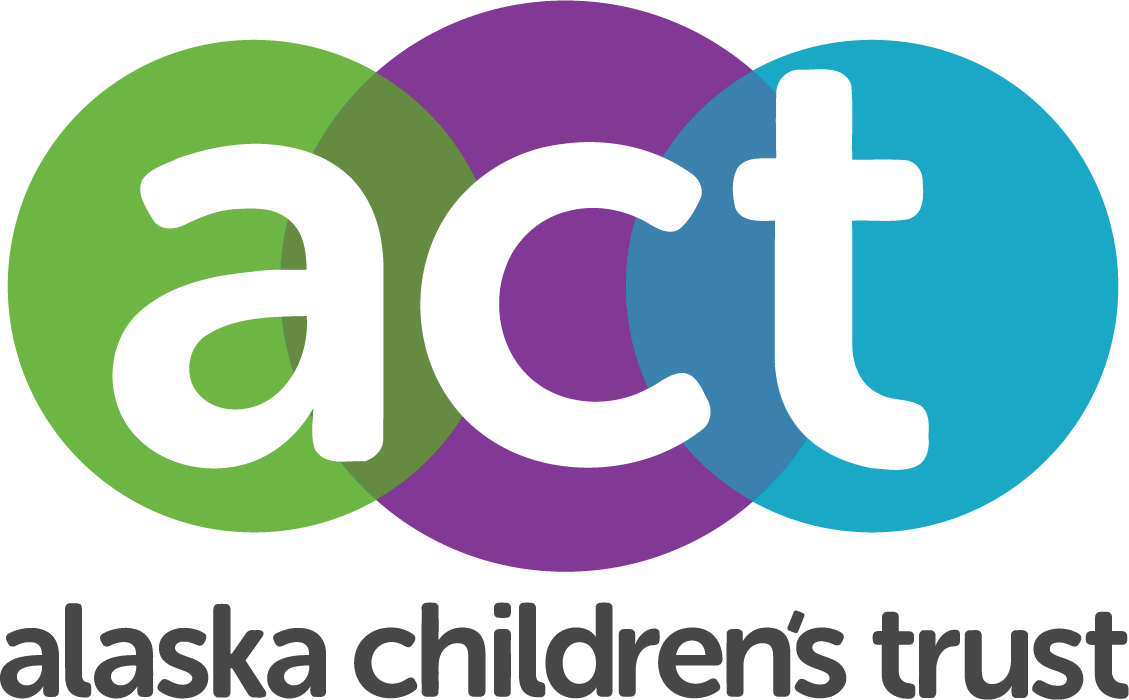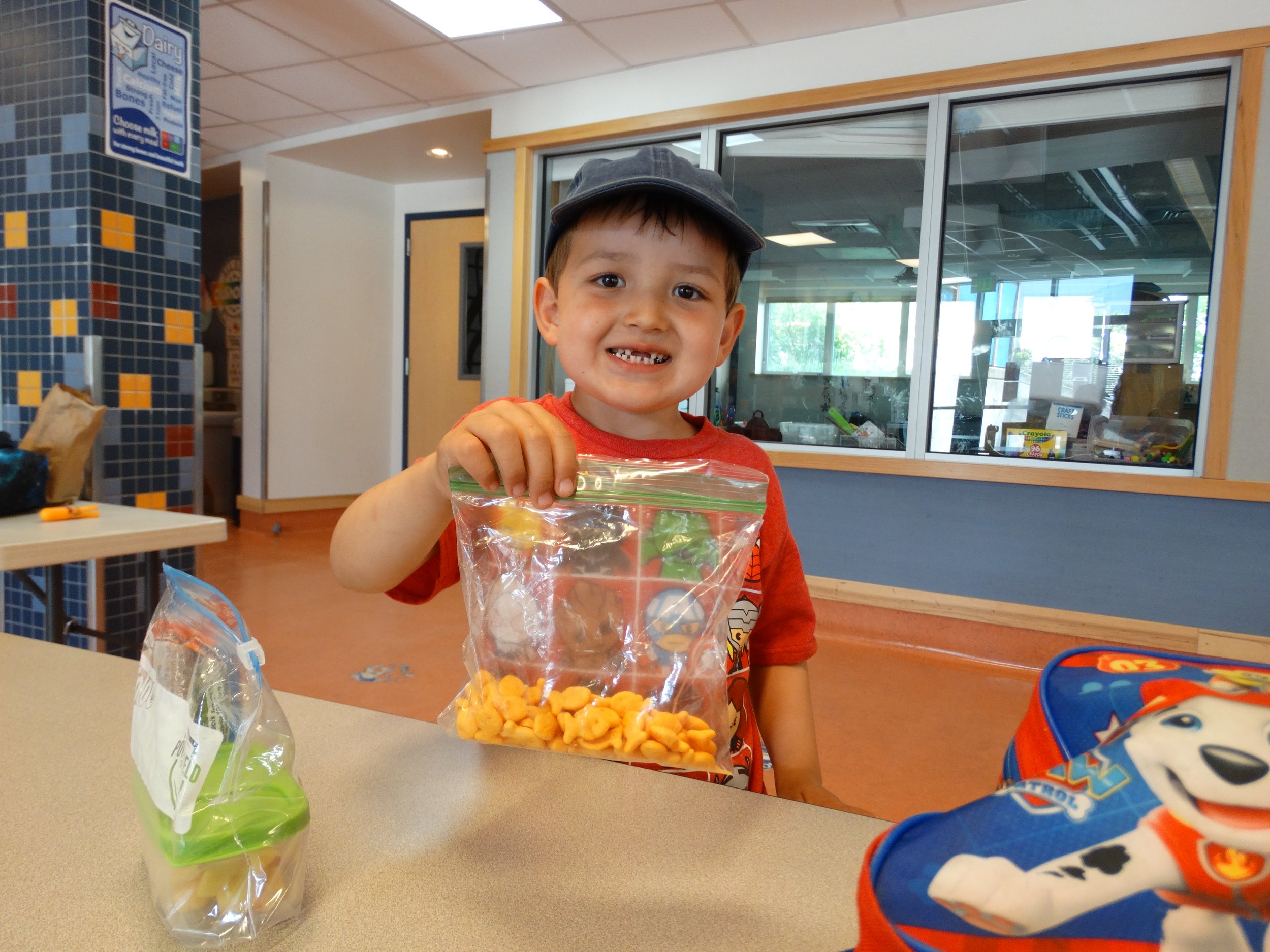Food’s Role in Child Abuse and Neglect Prevention
By Cara Durr and Trevor Storrs
As we look back on the just-completed Child Abuse Prevention Month, Iet’s talk about food. While that might not be the first thing that comes to mind when you think about child abuse and neglect, providing families with access to affordable, high-quality food is one of the best ways to help children thrive.
That’s especially true in Alaska, where food prices can be astronomical and not every community has a food pantry. In recent years, longstanding food accessibility issues were exacerbated by a backlog of applications for the Supplemental Nutrition Assistance Program, or SNAP, that left many Alaska families waiting months to receive benefits.
These issues have had an outsized impact on rural Alaska communities, which not only have some of the highest grocery prices in the nation but are also facing a subsistence foods crisis as declining populations of wild fish and game like salmon and caribou threaten food security and traditional ways of life.
While the SNAP application backlog has abated, its impacts, including an unprecedented rise in food insecurity, demonstrate the lack of a food safety net in many Alaska communities. That’s especially worrying for families, as research shows that experiencing economic hardship is a key driver of child welfare system involvement.
On the other hand, improving access to high-quality, affordable food can have a huge positive impact on children’s lives. For families struggling to make ends meet, increasing access to food lifts a substantial burden off parents’ shoulders, reducing stress and freeing up families to spend more of their income on other necessities like housing, utilities, and child care, all of which can help prevent child abuse and neglect.
The data backs this up. Research shows that children from low-income families who participate in SNAP or Women, Infants, and Children, aka WIC, two key health and nutrition assistance programs, have a lower risk of substantiated abuse and neglect reports than children who don’t participate in either program.
When families have what they need, when they need it, in the communities where they live, children thrive. That’s why Food Bank of Alaska’s work is crucial to family wellbeing. In 2023, Food Bank of Alaska distributed more than 5 million meals to children, families, seniors and veterans. That food was provided statewide through 150 partner food pantries, soup kitchens, senior centers, and children’s programs. This food included 22,998 senior food boxes, 50,119 children’s meals, and more than 1 million pounds distributed through the weekly Mobile Food Pantry program in Anchorage. In addition to food resources, their advocacy team helped Alaskans submit 1,823 SNAP applications, providing the equivalent of 629,343 meals.
So, to build on the themes emphasized during Child Abuse Prevention Month, let’s work to ensure all Alaska’s families have the resources they need to succeed. Beginning this year, Alaskans applying for SNAP benefits for the first time will now be able to use a new online application. If you or someone you know is struggling with food insecurity, let them know about this new resource or connect them with the Food Bank’s SNAP Outreach Team. And, if you’re able, consider donating to or volunteering at your local food bank or pantry. Together, we can make sure all of Alaska’s families have the resources they need to help our children thrive.
Cara Durr is the CEO for Food Bank of Alaska.
Trevor Storrs is president and CEO of Alaska Children’s Trust.



